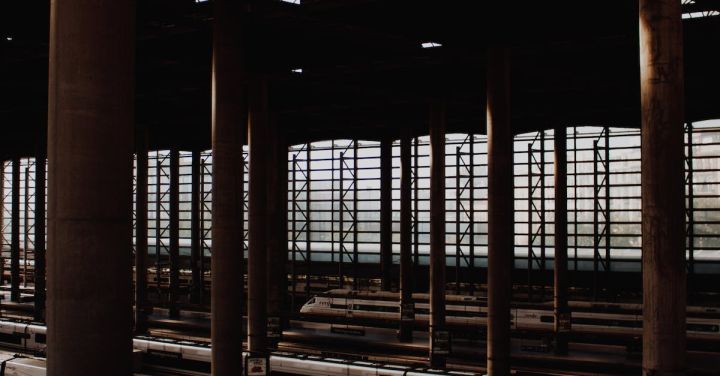The Shinkansen, also known as the “bullet train,” is a pioneering high-speed rail transport system in Japan. Since its introduction in 1964, it has revolutionized the way people travel in the country. Offering unparalleled speed, safety, and comfort, the Shinkansen has become an iconic symbol of Japan’s technological prowess.
One of the most remarkable aspects of the Shinkansen is its incredible speed. With top speeds reaching up to 320 kilometers per hour, it is one of the fastest trains in the world. This allows passengers to travel long distances in a fraction of the time it would take by car or conventional train. The smooth acceleration and deceleration of the Shinkansen also contribute to a comfortable and enjoyable ride.
Safety is another key factor that sets the Shinkansen apart. Throughout its over 50 years of operation, it has maintained an impeccable safety record. This is thanks to a combination of advanced technology, rigorous maintenance procedures, and highly trained staff. The Shinkansen’s track and signaling systems ensure precise control and prevent collisions, while its robust construction and earthquake-resistant design make it resilient to natural disasters.
Comfort is a priority on the Shinkansen, with features designed to enhance the passenger experience. The spacious and ergonomic seating provides ample legroom and reclining options. Passengers can also enjoy amenities such as power outlets, Wi-Fi, and onboard catering services. The train’s smooth and quiet operation further contributes to a relaxing journey.
The efficiency of the Shinkansen system is another notable advantage. With frequent departures and precise timetables, passengers can plan their trips with confidence. The trains are known for their punctuality, rarely experiencing delays. This reliability makes the Shinkansen a preferred choice for both business and leisure travelers.
The Shinkansen network covers a vast expanse of Japan, connecting major cities and regions. It spans over 2,700 kilometers and consists of multiple lines, each serving different destinations. This extensive coverage allows for seamless travel across the country, making it an integral part of Japan’s transportation infrastructure.
The environmental benefits of the Shinkansen cannot be overlooked. By providing a fast and convenient alternative to air travel and private cars, it helps reduce carbon emissions and alleviate congestion on roads and at airports. The trains themselves are designed to be energy-efficient, employing regenerative braking systems and lightweight materials. The commitment to sustainability is evident in the continuous efforts to improve energy efficiency and reduce environmental impact.
In addition to its practical advantages, the Shinkansen has become a cultural icon. It has been featured in numerous films, literature, and art, symbolizing Japan’s modernity and technological achievements. The sleek and futuristic design of the trains, with their distinctive nose cones, has become synonymous with progress and innovation.
The success of the Shinkansen has inspired other countries to develop their own high-speed rail systems. Its influence can be seen in the development of similar projects around the world, from Europe to China and beyond. The Shinkansen has truly set the standard for high-speed rail transport globally.
In conclusion, the Shinkansen is a pioneering high-speed rail transport system that has revolutionized travel in Japan. With its remarkable speed, safety, comfort, efficiency, and environmental benefits, it has become an integral part of the country’s transportation infrastructure. The Shinkansen’s influence extends beyond Japan, serving as a model for high-speed rail systems worldwide.
